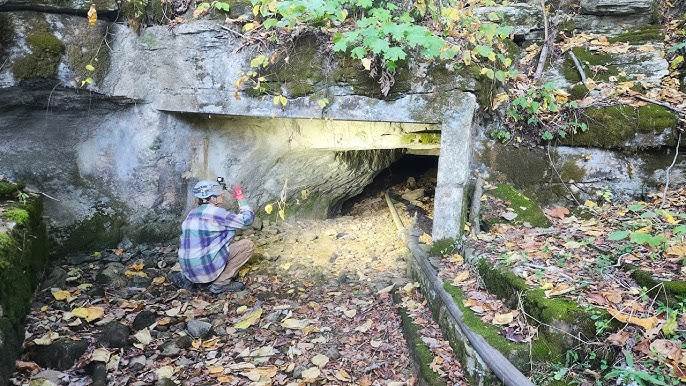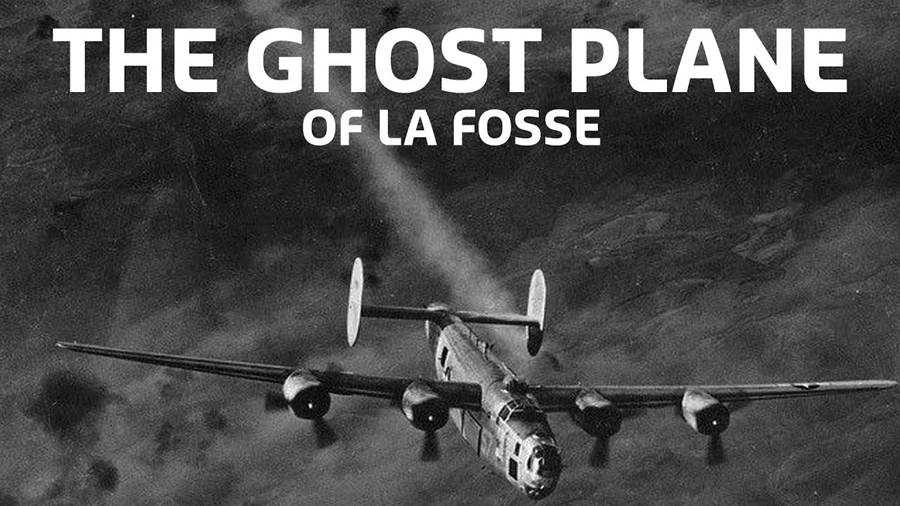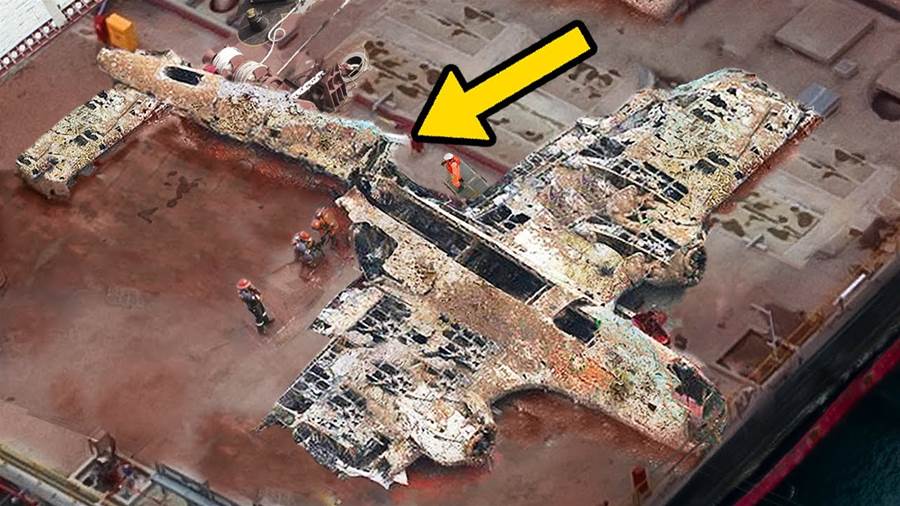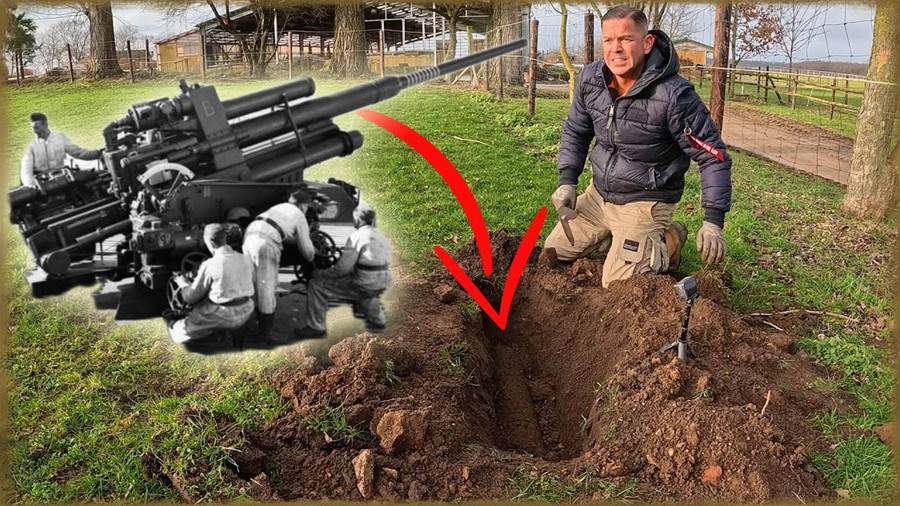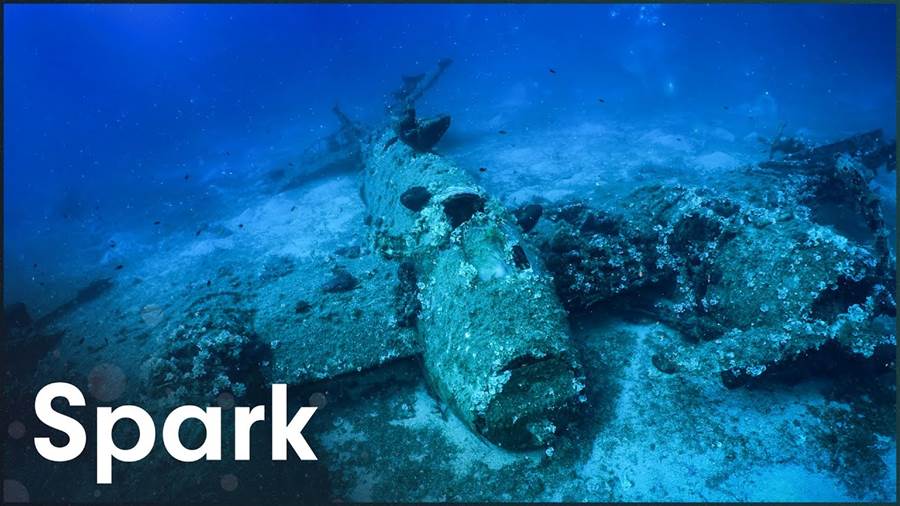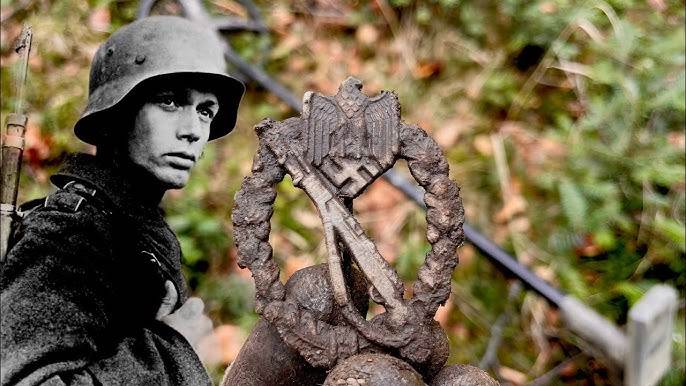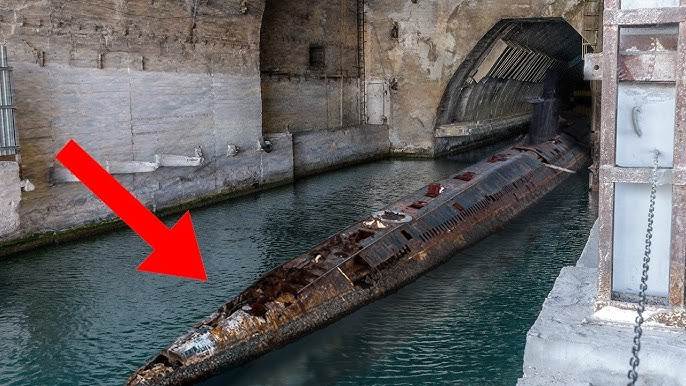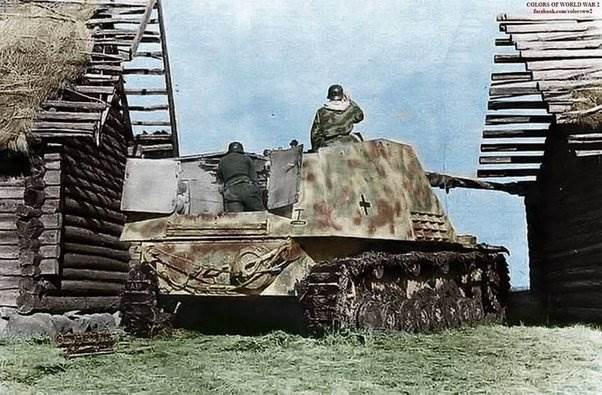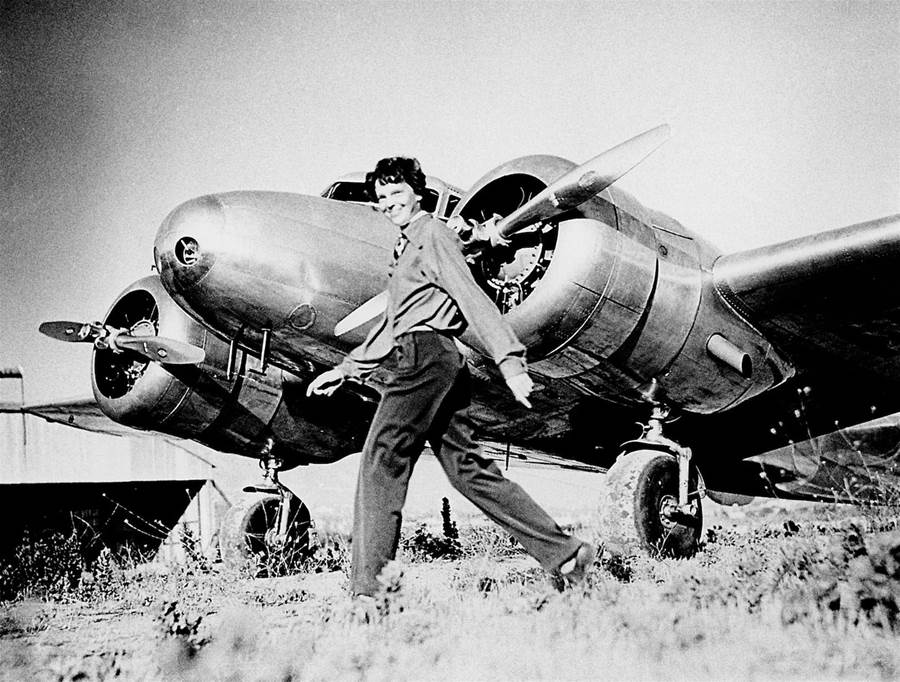
A recently discovered photograph is reigniting the debate over the disappearance of Amelia Earhart, the pioneering aviator who vanished during her historic 1937 around-the-world flight. The photograph suggests that Earhart might have survived her final flight and been captured by the Japanese, a theory that challenges the long-held belief that she perished after her plane ran out of fuel and crashed into the ocean.
The Final Flight of Amelia Earhart
On the night of July 2, 1937, Amelia Earhart, accompanied by her navigator Fred Noonan, took off from an airfield in Papua New Guinea in her Lockheed Electra.
The goal was to reach Howland Island, a tiny speck in the central Pacific Ocean, marking the final leg of her ambitious 29,000-mile journey around the globe. However, the mission ended abruptly when the duo disappeared without a trace.
Earhart’s last radio communication revealed the dire situation: “Gas is running low. Have been unable to reach you by radio. We’re flying at 1,000 feet.” Despite extensive search efforts, which included the largest sea and air search at the time, no trace of Earhart or Noonan was found.

A Revolutionary Documentary and a Controversial Theory
The article is not finished. Click on the next page to continue.
The article is not finished. Click on the next page to continue.
Next page


